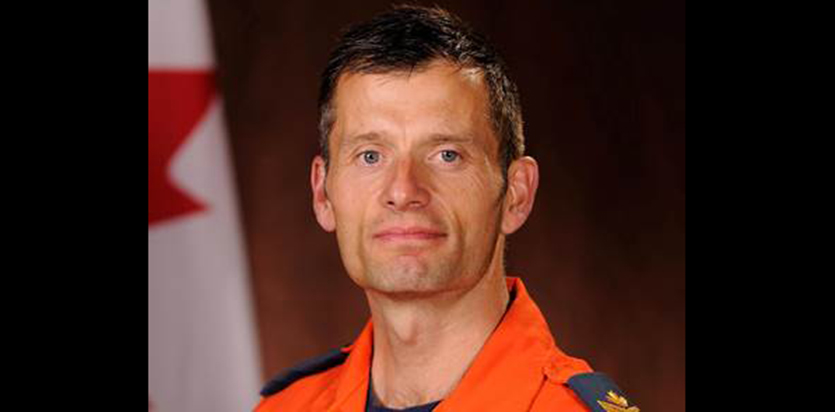At Home
Search Continues for Missing SAR Tech
Sergeant Mark Salesse is missing after an incident in a training exercise in Banff National Park, Alberta.
The Search and Rescue Technician (SAR Tech) from 435 Transport and Rescue Squadron based at 17 Wing Winnipeg went missing around 6 p.m. local time.
Sgt Salesse, an experienced SAR Tech was conducting routine mountain training with his team of other SAR Techs in an area known as Polar Circus when he was swept away by an avalanche.
“We are very concerned to learn a Canadian Armed Forces Search and Rescue Technician is missing as the result of an avalanche that took place during a training activity. We are hoping for the best possible outcome, and that our thoughts and prayers are with the family and friends of our Canadian Armed Forces member,” said
Minister of National Defence Rob Nicholson.
Parks Canada, Banff Visitor Safety Centre is the lead agency co-ordinating the search and have Visitor Safety Specialists (VSS) equipped with dog teams and air support working in the area to locate Sergeant Salesse.
The VSS were unable to reach the Polar Circus route due to the avalanche hazard, deteriorating weather and nightfall. Crews later attempted an aerial helicopter search of the area and search efforts continue in earnest.
The search area is relatively small, but the geography, weather and snow cover make for a complex search.
Unrelenting snowfall on the mountain has hampered search efforts along with significant avalanche hazards in the area.
Conditions in the area were clear when climbing began, but later deteriorated. After an initial search by his climbing partners, Parks Canada was contacted to initiate the rescue the evening of Thursday, February 5.
Search and rescue at 435 Squadron is a 24 hour-a-day, seven-day-a-week responsibility. One CC-130 Hercules aircraft is permanently equipped and dedicated for search and rescue missions. During working hours on weekdays, the search and rescue standby aircraft and crew are ready to respond within 30 minutes of being notified. At all other times, the response time is extended to two hours.
The squadron provides primary search and rescue response for the Trenton Search and Rescue Region, the largest in Canada, extending from Quebec City to the British Columbia/Alberta border, and from the Canada/United States border to the North Pole.
Every year, 435 Squadron crews fly thousands of hours. The squadron airlift missions include re-supply of Canadian Forces Station Alert on Ellesmere Island in the high Arctic, the Northern-most human habitation in the world, and missions across the country and around the world.
More details will be released as they become available.









